
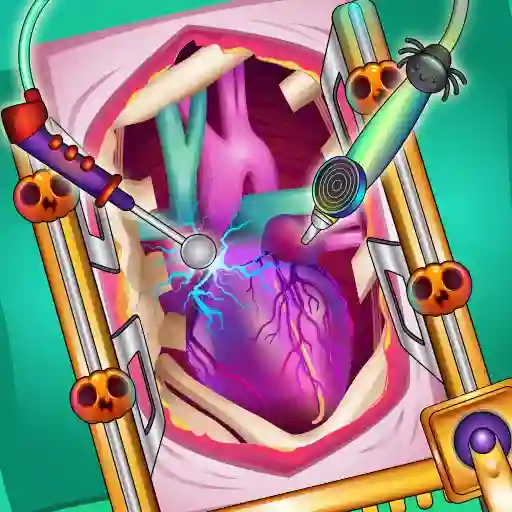

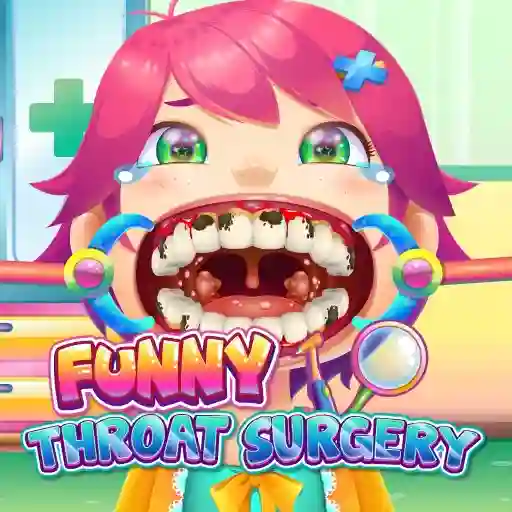
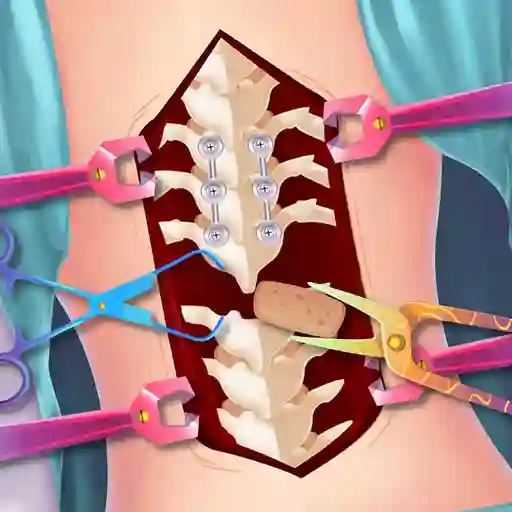


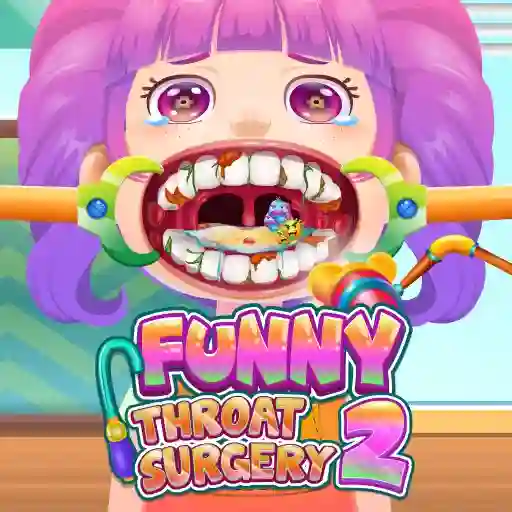
















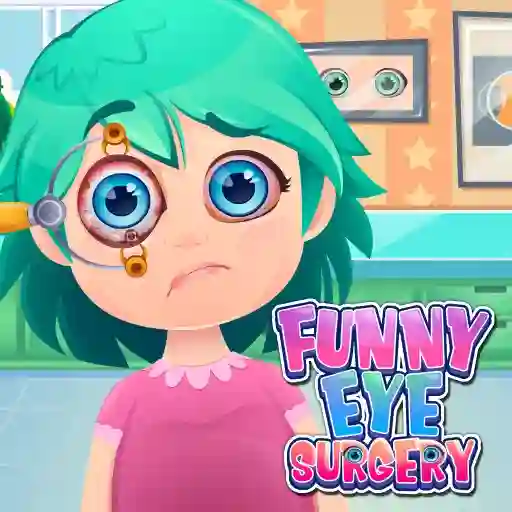
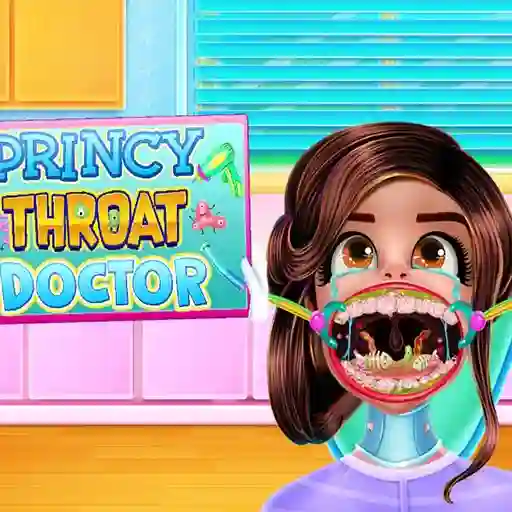


Surgery games are a genre of video games that simulate surgical procedures, allowing players to take on the role of surgeons and perform virtual operations. These games often focus on precision, timing, and decision-making, with the goal of successfully completing surgeries while maintaining patient health. They can range from casual, arcade-style experiences to more realistic simulations that mimic real-world medical procedures. Key features include:
• Realistic medical environments and tools
• Step-by-step procedural gameplay
• Increasing difficulty as players progress
• Educational elements about human anatomy and surgical techniques
Some games may incorporate mini-games or puzzles to add variety, while others focus on narrative-driven experiences where player decisions impact patient outcomes. Surgery games are popular across various platforms and appeal to players interested in medicine, science, or immersive simulation experiences.
What makes Surgery games different from other simulation games?
Surgery games stand out for their focus on medical procedures and the need for precise actions to ensure patient survival. Unlike other simulation games, they often require a deep understanding of anatomy and surgical techniques, making them both challenging and educational.
Are Surgery games suitable for children?
Some Surgery games are designed to be fun and educational for younger players, focusing on simple, non-graphic procedures. However, more realistic games may contain mature themes or graphic content, making them inappropriate for children. Parental discretion is advised.
Can Surgery games help players learn real surgical skills?
While Surgery games can provide a basic understanding of surgical concepts and tools, they are not substitutes for professional medical training. Real surgery requires years of education, practice, and expertise, which cannot be replicated in a game.